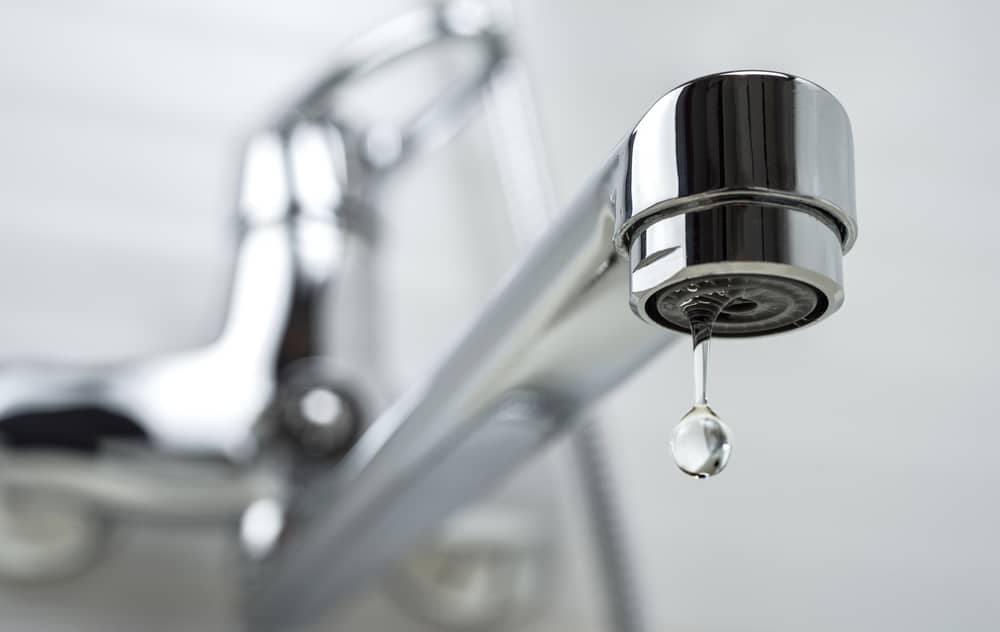Straightforward Instructions for Fixing Low Water Pressure in Your Home
Straightforward Instructions for Fixing Low Water Pressure in Your Home
Blog Article
How do you actually feel in regards to 10 Reasons for Low Water Pressure in Your House?

Low tide pressure in your home can be a discouraging problem, influencing every little thing from bathing to cleaning meals. If you're experiencing weak water flow, there are several feasible reasons and options to check out. In this guide, we'll discuss common factors for low tide pressure and functional steps to deal with the issue effectively.
Intro to Low Tide Pressure
Low tide stress takes place when the flow of water from your faucets, showers, and various other components is weaker than usual. This can make day-to-day tasks a lot more difficult and less reliable. Recognizing the sources of low water pressure is essential to discovering the best solution.
Usual Reasons For Low Water Stress
Faulty Pressure Regulatory Authorities
Pressure regulators are in charge of preserving regular water pressure in your house. If they malfunction, it can lead to low tide pressure or irregular circulation throughout your home.
Local Water Issues
In some cases, the trouble lies outside your home. Metropolitan water supply concerns, such as main line leaks or maintenance job, can briefly lower water pressure in your location.
Pipe Obstructions
With time, pipes can come to be blocked with natural resource, debris, or debris, limiting the circulation of water. This is an usual issue in older homes with galvanized steel pipes.
Deterioration
Deterioration within pipes can bring about leaks and reduced water pressure. Corrosion accumulation can tighten water flow, specifically in maturing plumbing systems.
How to Identify Low Tide Stress
Examining Pipelines
Evaluate visible pipes for indicators of leakages, deterioration, or blockages. Focus on any kind of uncommon audios, such as banging or rattling pipes, which could indicate concerns within the plumbing system.
Consulting with a Plumber
If you're incapable to pinpoint the reason for low water stress, think about working with a specialist plumber to perform a complete examination. They can recognize underlying issues and advise appropriate solutions.
Checking Taps and Fixtures
Start by testing the water pressure at various taps and components throughout your home. If the problem is isolated to particular locations, it might show local issues.
DIY Solutions to Deal With Low Water Pressure
Flushing Hot Water Heater
Sediment buildup in the hot water heater can limit circulation and decrease effectiveness. Purging the tank occasionally helps eliminate debris and preserve optimum performance.
Examining Pressure Regulatory Authority
Ensure that the pressure regulatory authority is functioning properly. Readjusting or replacing the regulatory authority can help bring back correct water pressure throughout your home.
Cleansing Aerators and Showerheads
Natural resources can accumulate in aerators and showerheads, minimizing water flow. Eliminate and cleanse these components consistently to improve water pressure.
Clearing Clogs in Water Lines
For small blockages, try making use of a plumbing snake or chemical drainpipe cleaner to clear obstructions in pipes. Be cautious when utilizing chemicals and comply with security standards.
When to Call an Expert Plumber
If do it yourself efforts fall short to deal with the concern or if you think substantial plumbing issues, it's ideal to seek aid from an accredited plumber. They have the know-how and tools to attend to complex issues securely and properly.
Safety Nets to Maintain Water Stress
Installing a Stress Booster
Take into consideration installing a pressure booster pump to improve water stress in areas with constantly reduced flow. This can be particularly beneficial for multi-story homes or properties with high-demand fixtures.
Tracking Water Use
Be mindful of water usage behaviors and avoid overtaxing the plumbing system. Basic adjustments, such as shocking showers and washing lots, can aid maintain sufficient water stress.
Normal Upkeep
Set up routine maintenance for your plumbing system to avoid concerns such as deterioration, leaks, and blockages. Attending to small troubles early can aid stay clear of even more substantial repairs in the future.
Final thought
Managing low tide stress can be discouraging, yet recognizing the underlying reasons and carrying out ideal solutions can restore optimal flow throughout your home. Whether it's cleansing aerators, examining pipes, or speaking with a plumber, taking aggressive actions can make sure a consistent supply of water for your everyday requirements.
FOUR WAYS TO FIX LOW WATER PRESSURE NOW
Turning on a shower or faucet only to find the water comes out in a sad, slow drizzle is never a good feeling. How exactly are you supposed to wash a pan or take a quick shower when it takes 10 minutes just to rinse off a little soap? The good news is that when your water pressure is bad, there's always a cause: typically one that can be easily fixed. Here are some of the most common causes of low pressure and what you can do to fix the issue:
DEBRIS AND MINERAL DEPOSIT BUILDUPS
If you notice low water pressure from just one or two of the fixtures in your house, the problem likely has to do with debris buildup. Water is full of minerals and other debris, all of which can accumulate in your pipes and on your fixtures. This can cause a blockage that affects how much water flows through. To fix this, try filling a small plastic bag with white vinegar, and use a rubber band to hang it around your showerhead or faucet. Let the head of the fixture soak for a few hours, and the vinegar should loosen the deposits.
WATER LEAKS
Leaks are another common cause of low water pressure. If water is flowing out of your plumbing through a hole or crack before it can reach your fixture, the pressure coming out of the faucet or showerhead will be lower. A plumbing professional is your best bet for finding and repairing a leak in your water supply pipes.
Leaks are another common cause of low water pressure. If water is flowing out of your plumbing through a hole or crack before it can reach your fixture, the pressure coming out of the faucet or showerhead will be lower. A plumbing professional is your best bet for finding and repairing a leak in your water supply pipes.
A VALVE ISSUE
If you have low water pressure throughout your home, check your main shut-off valve to make sure it's completely open. You may also want to see if there's a pressure-reducing valve installed. If there is, have a plumber help you adjust the settings to get the pressure you're looking for.
OTHERS USING WATER
Believe it or not, your low water pressure could be caused by your neighbors. If you notice low pressure at certain times of day, it may be because you and the people living next to you have similar schedules - when everyone is showering at the same time, the pressure will be lower in every home. Low pressure throughout the neighborhood may also be caused by an issue with your municipal water supply. If that's the case, call the supplier to see if they're working on the issue.
https://www.rotorooter.com/blog/water-leaking/low-water-pressure-fixes/

Hopefully you liked our excerpt about . Thanks so much for taking a few minutes to browse our piece. Appreciated our blog entry? Please share it. Let someone else discover it. Thank you for your time. Return soon.
Click Here Report this page